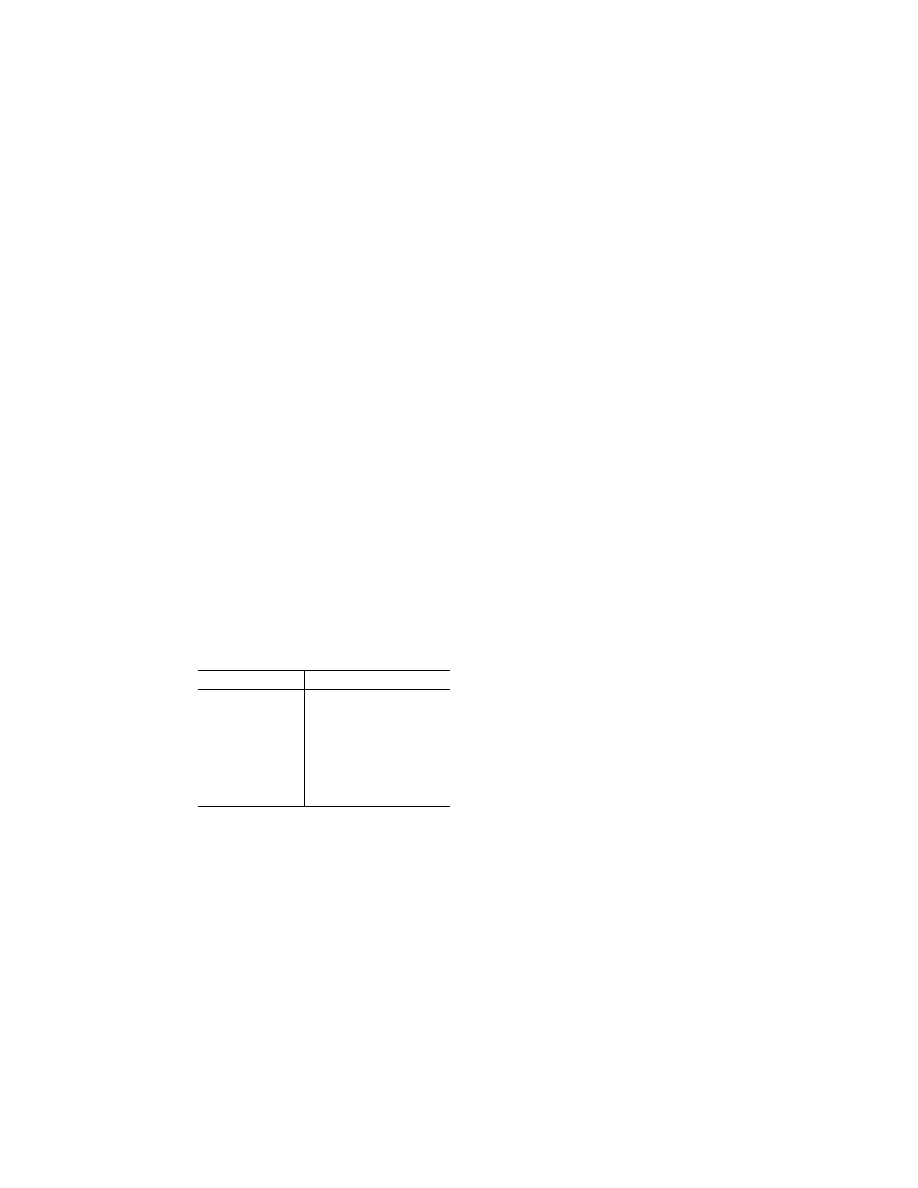
238
14 CFR Ch. I (1–1–14 Edition)
§ 23.623
destructive inspection may be reduced
from 100 percent, and applied on a sam-
pling basis.
(2) For each critical casting with a
casting factor less than 1.50, three sam-
ple castings must be static tested and
shown to meet—
(i) The strength requirements of
§ 23.305 at an ultimate load cor-
responding to a casting factor of 1.25;
and
(ii) The deformation requirements of
§ 23.305 at a load of 1.15 times the limit
load.
(3) Examples of these castings are
structural attachment fittings, parts of
flight control systems, control surface
hinges and balance weight attach-
ments, seat, berth, safety belt, and fuel
and oil tank supports and attachments,
and cabin pressure valves.
(d)
Non-critical castings. For each
casting other than those specified in
paragraph (c) or (e) of this section, the
following apply:
(1) Except as provided in paragraphs
(d)(2) and (3) of this section, the casting
factors and corresponding inspections
must meet the following table:
Casting factor
Inspection
2.0 or more ....................
100 percent visual.
Less than 2.0 but more
than 1.5.
100 percent visual, and magnetic
particle or penetrant or equiva-
lent nondestructive inspection
methods.
1.25 through 1.50 ..........
100 percent visual, magnetic par-
ticle or penetrant, and radio-
graphic, or approved equivalent
nondestructive inspection meth-
ods.
(2) The percentage of castings in-
spected by nonvisual methods may be
reduced below that specified in sub-
paragraph (d)(1) of this section when an
approved quality control procedure is
established.
(3) For castings procured to a speci-
fication that guarantees the mechan-
ical properties of the material in the
casting and provides for demonstration
of these properties by test of coupons
cut from the castings on a sampling
basis—
(i) A casting factor of 1.0 may be
used; and
(ii) The castings must be inspected as
provided in paragraph (d)(1) of this sec-
tion for casting factors of ‘‘1.25 through
1.50’’ and tested under paragraph (c)(2)
of this section.
(e)
Non-structural castings. Castings
used for non-structural purposes do not
require evaluation, testing or close in-
spection.
[Doc. No. 4080, 29 FR 17955, Dec. 18, 1964, as
amended by Amdt. 23–45, 58 FR 42164, Aug. 6,
1993]
§ 23.623
Bearing factors.
(a) Each part that has clearance (free
fit), and that is subject to pounding or
vibration, must have a bearing factor
large enough to provide for the effects
of normal relative motion.
(b) For control surface hinges and
control system joints, compliance with
the factors prescribed in §§ 23.657 and
23.693, respectively, meets paragraph
(a) of this section.
[Amdt. 23–7, 34 FR 13091, Aug. 13, 1969]
§ 23.625
Fitting factors.
For each fitting (a part or terminal
used to join one structural member to
another), the following apply:
(a) For each fitting whose strength is
not proven by limit and ultimate load
tests in which actual stress conditions
are simulated in the fitting and sur-
rounding structures, a fitting factor of
at least 1.15 must be applied to each
part of—
(1) The fitting;
(2) The means of attachment; and
(3) The bearing on the joined mem-
bers.
(b) No fitting factor need be used for
joint designs based on comprehensive
test data (such as continuous joints in
metal plating, welded joints, and scarf
joints in wood).
(c) For each integral fitting, the part
must be treated as a fitting up to the
point at which the section properties
become typical of the member.
(d) For each seat, berth, safety belt,
and harness, its attachment to the
structure must be shown, by analysis,
tests, or both, to be able to withstand
the inertia forces prescribed in § 23.561
multiplied by a fitting factor of 1.33.
[Doc. No. 4080, 29 FR 17955, Dec. 18, 1964, as
amended by Amdt. 23–7, 34 FR 13091, Aug. 13,
1969]
VerDate Mar<15>2010
10:12 Mar 18, 2014
Jkt 232046
PO 00000
Frm 00248
Fmt 8010
Sfmt 8010
Y:\SGML\232046.XXX
232046
pmangrum on DSK3VPTVN1PROD with CFR